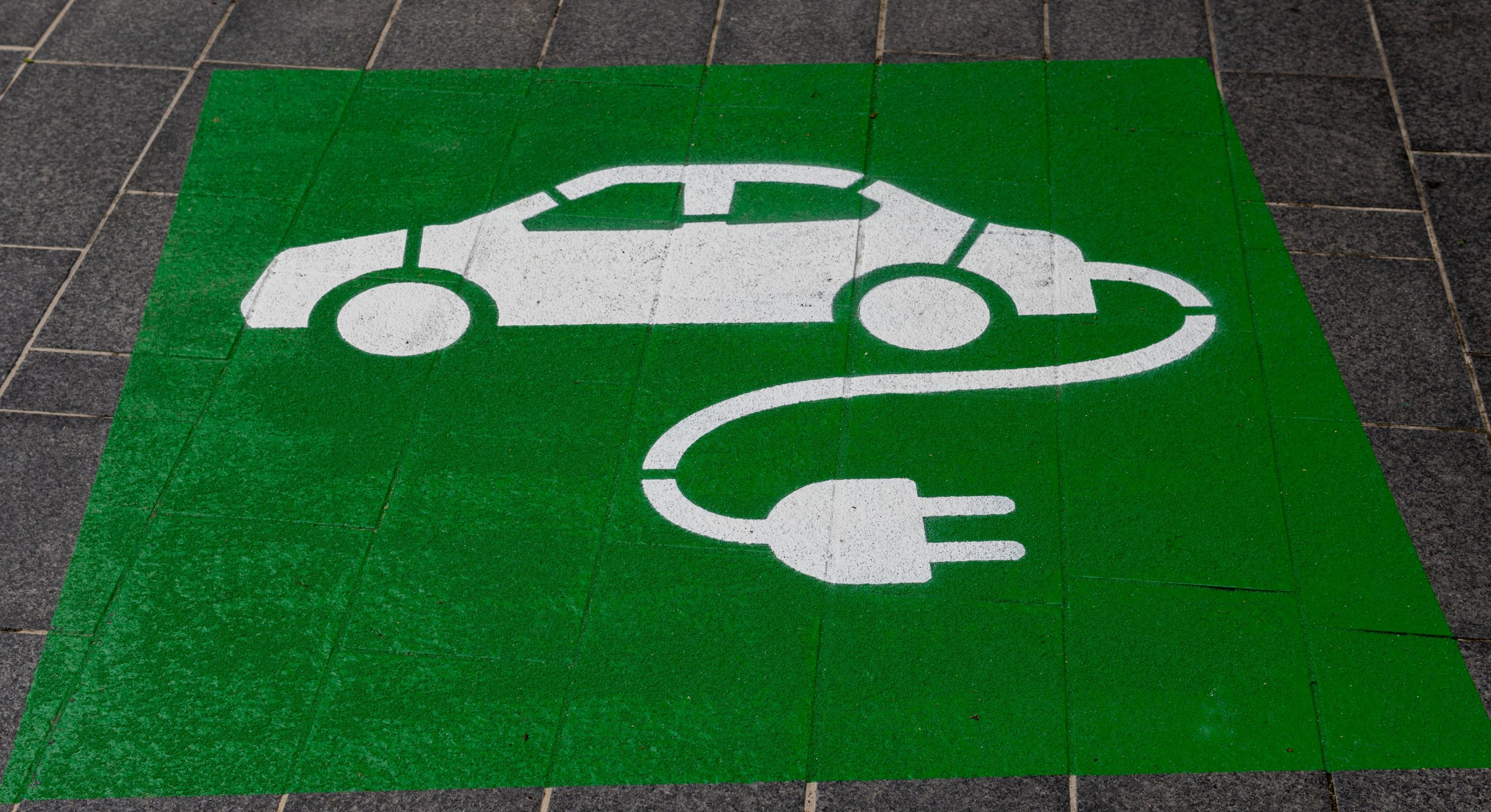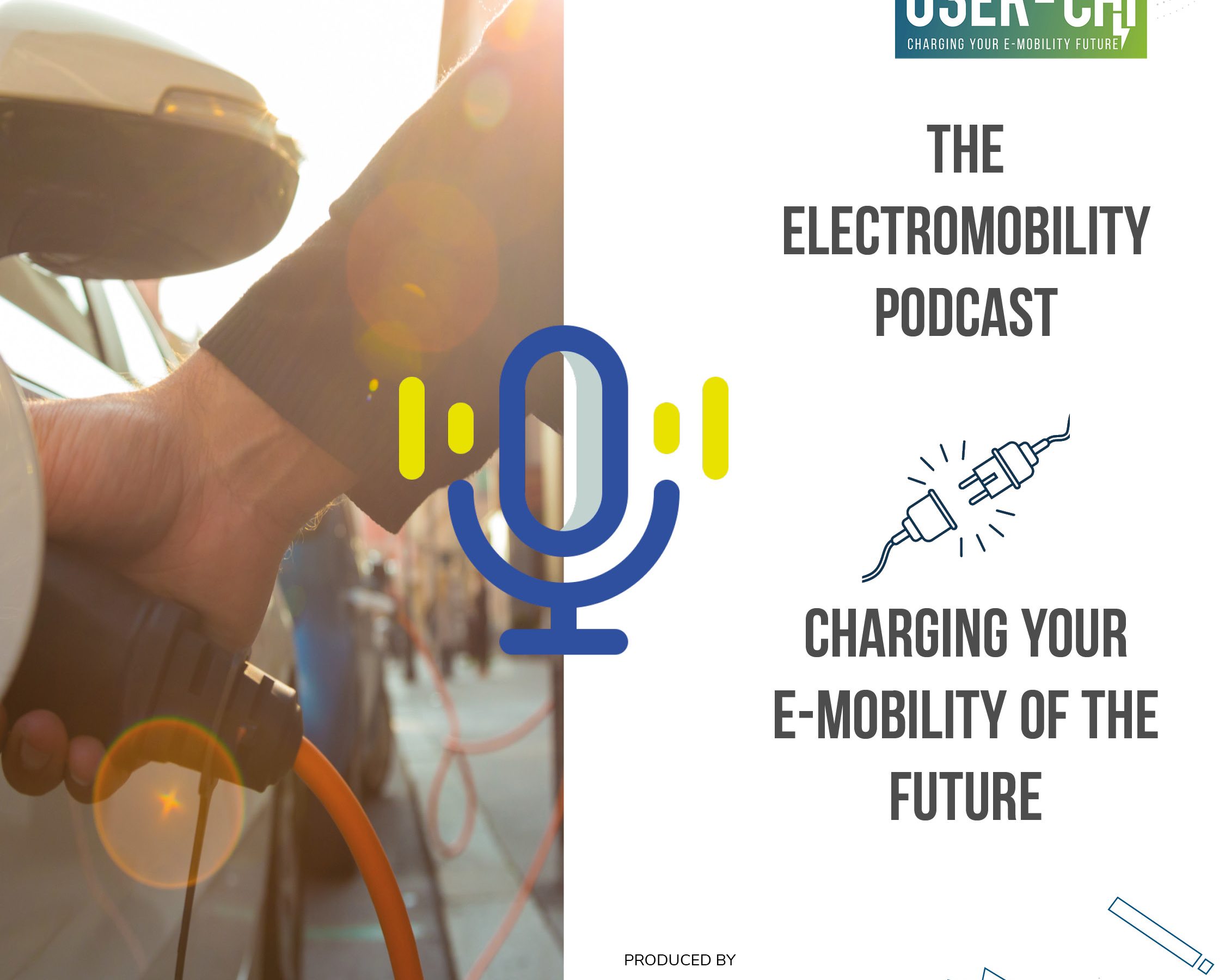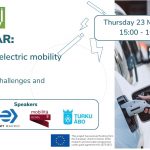What the Fit For 55 proposals hold for the future of eMobility

This week, the European Commission released its much-awaited FitFor55 climate package, laying out the legislative proposals needed to cut emission by 55% by 2030 and make the Green Deal a reality.
With 12 different pieces of potential legislation, the package is wide-reaching and historic. But will it help make electric charging accessible and available for people across Europe?
Read on for the USER-CHI analysis of the FitFor55 package.
A key announcement of the package was the Commission’s goal to ban the sale of fossil-fuel vehicles by 2035, a major step towards climate neutrality.
A key tool to underpin this is the long-anticipated revision of the Alternative Fuels Infrastructure Directive (AFID). With this directive now being set out as regulation, it sets out stringent targets for Member States on electric vehicle charging infrastructure that will be of benefit to citizens.
Alternative fuels infrastructure, such as electric vehicle charging points, will be deployed based on actual vehicle uptake across Europe. The regulation states that each member state should have, at the end of each year, at least 1kW charging output for each battery electric vehicle and 0,66 kW for each plug-in hybrid.
What does this mean for cities? “This is the right way to go to maximise the use of this infrastructure, as it takes into account the constraints faced by local authorities in terms of public space,” says Thomas Lymes, Policy Advisor for Mobility at Eurocities.
Furthermore, the regulation will require charging points every 60 km on TEN-T corridors with ultra-fast charging points.
Further rules set to come into effect will aim to improve the user experience of electric vehicle charging, meeting desires expressed by EV users in USER-CHI’s analysis.
This includes provisions to make prices clearer and more transparent, a wider roll-out of contactless payment options and the ability to make ad-hoc payments.
The FitFor55 package is a landmark moment in the fight against the climate crisis. It’s clear electromobility will play a big role in this journey, and it is important that the EU is making it as easy as possible to boost the uptake of electric vehicles.
The legislative proposals announced this week are a good start to reaching this objective.
But we need to ensure that cities are adequately involved by their respective member states in the deployment of charging points according to the set targets.





